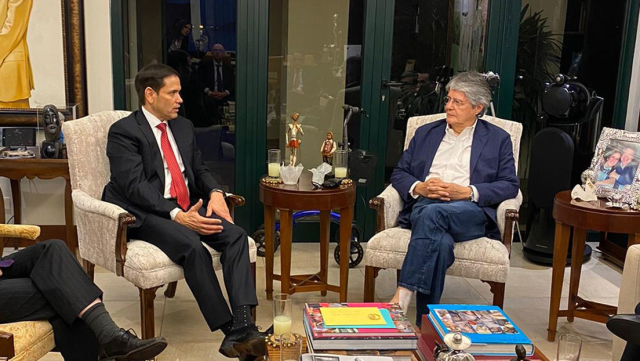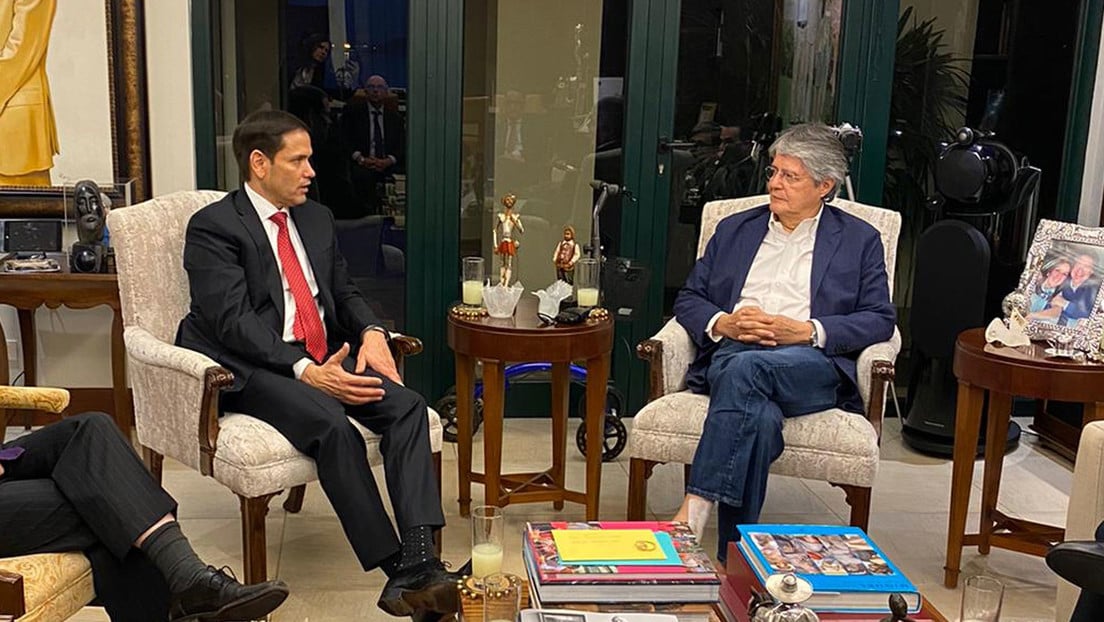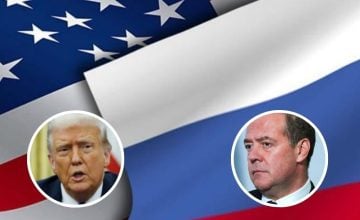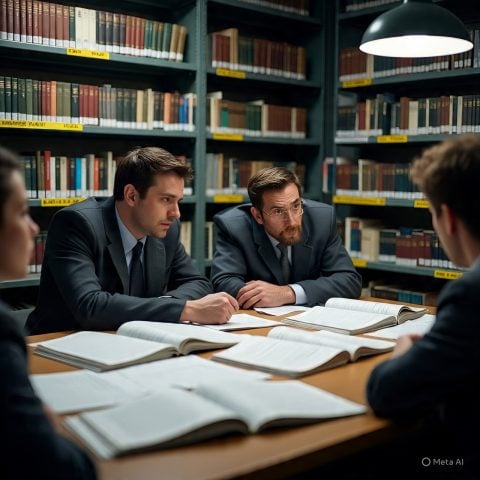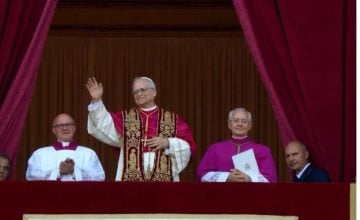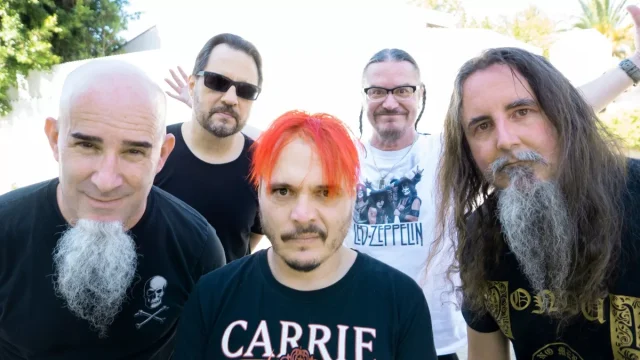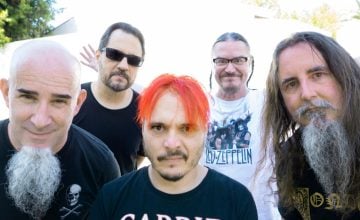After the arrival of the leftist Gustavo Petro to the presidency of Colombia, Bogotá’s complicity with Washington seems to have been left behind and the White House seems to be moving its pieces so as not to lose presence in South America. Thus, the questioned president of Ecuador, Guillermo Lasso, who had decided to suspend his entire presidential agenda due to an accident, made an exception and received, last Thursday night, at his home in the city of Guayaquil —where he is recovering from surgery —, US Senator Marco Rubio.
At the meeting with Lasso, according to the Republican legislator, who among many things promoted the siege against Venezuela, they talked about mutual interests in security issues, the importance of economic ties and efforts to help fight corruption.
«As Latin America and the Caribbean turn towards leftist anti-American governments, Ecuador continues to be a strategic and important ally both for our country and for the stability of our region», says a press release from Rubio’s office, published after the meeting.
Before that meeting with the president, there was a press conference between the senator and the Ecuadorian Ministers of Foreign Affairs and Government, Juan Carlos Holguín and Henry Cucalón, respectively, reports RT.
«It is in the interest of the United States to be friends with our friends», Rubio stressed at that press conference with Ecuadorian officials. Cucalón, for his part, said that the visit of the US senator was «a clear political signal from the US in favor of democracy and good governance in Ecuador».
«We appreciate the US support for the initiatives undertaken by Ecuador to achieve democratic stability and the eradication of violence and organized crime», he added.Previous visits to Ecuador
In the 21 months that Lasso has been in power (he took office on May 24, 2021) and in the midst of the region’s turn to the left, Ecuador’s relationship with the US has been strengthened with the visit of more than one dozen American political figures, especially senators and senior White House officials.
On July 7, 2021, just over a month after taking office, Lasso received at the Carondelet Palace (the headquarters of the Ecuadorian Executive), US senators, representatives of the Foreign Relations, Finance, Appropriations and Trade and Science and Technology commissions of the upper house of Congress.
After that first visit, the transit of US officials through Quito has not stopped. Among those who have visited the Ecuadorian capital are the Secretaries of Education, Miguel Cardona, in July 2021; of State, Antony Blinken, in October of that same year; and Alejandro Mayorkas, from Homeland Security, in December 2022. First Lady Jill Biden was also present in May of last year.
Last September, the highest military delegation, led by the head of the US Southern Command, Laura Richardson, visited Quito; A month later, a delegation of five US senators traveled to the South American country, made up of Democrats Bob Menendez, Ben Cardin and Republicans Rob Portman, Richard Burr and Ben Sasse.
Subsequently, in November, there was a visit by the US Undersecretary for Political Affairs, Victoria Nuland, and the following month it was the turn of President Joe Biden’s special advisor for the Americas, Christopher J. Dodd.
That same December, Lasso traveled to the US and held his first official meeting with Biden at the White House. Before that he had a brief encounter that occurred at the IX Summit of the Americas, held in Los Angeles, California, in June of last year.
Recurring themes
The issues discussed in these meetings have been recurring: security, the fight against transnational organized crime, the fight against corruption, democracy, the environment and the search for a bilateral trade agreement.
In the meeting with Biden in December, Lasso reaffirmed Ecuador’s interest in reaching a trade agreement with the US to, according to him, «unite both nations even more».
On this subject, at the press conference on Thursday, Holguín recalled that «Ecuador is one of the few countries in the region that does not have a trade agreement with the United States», for which he emphasized that they are «working hard so that many of the products (that Ecuador produces) can gradually enter that country».
A few days before Lasso’s meeting with Biden at the White House, the US Congress approved the Ecuador-US Association Act. 2022, an initiative of Senator Menendez, Chairman of the Senate Foreign Relations Committee, as well as Rubio, Jim Risch and Tim Kaine.
According to the US Senate Foreign Relations Committee, the law’s objectives are to increase capacities to confront «malign foreign influence», strengthen cooperation in security matters, combat human trafficking, and Washington’s collaboration with Ecuador for the protection of the Galapagos.
Meanwhile, the Ecuadorian Foreign Ministry indicated that this regulation has among its purposes to encourage bilateral cooperation, facilitate the commercial relationship, promote inclusive economic development, fight against illicit economies and corruption, strengthen democracy and promote environmental conservation.Moreno’s turn against Ecuador and the region
Lasso’s predecessor, Lenín Moreno (2017-2021), was the one who initiated a rapprochement with the US. or, rather, a reorientation of Ecuador’s foreign policy with Washington. So much so that Moreno was key to the disintegration of the South American Union of Nations (Unasur).
«The government of Rafael Correa was a period in which Ecuador distanced itself from an old submission that the Ecuadorian political and economic class had with the dictates of US geopolitics», says Miguel Ruiz, a professor at the Central University of Ecuador (UCE).
During the administration of Moreno, both countries signed a «First Phase Trade Agreement» -as it was known in the media-, which was actually a «New Protocol on Trade Standards and Transparency», which updated the «Agreement of the Council of Trade and Investment (TIC) USA – Ecuador”, signed in 1990.
Likewise – states Ruiz – «police and military cooperation agreements between the two governments» were signed.
Also, in Moreno’s administration, the withdrawal of political asylum for the founder of WikiLeaks, Julian Assange, was carried out in 2019. Assange had remained since 2012 at the Ecuadorian Embassy in London. Likewise, Quito aligned itself with Washington’s policy against Venezuela, which included recognition of former opposition deputy Juan Guaidó, who proclaimed himself «interim president».
In February 2020, Moreno met the then US President, Donald Trump, at the White House; and before leaving the Carondelet Palace, in May 2021 he presented the Merit Award to the US ambassador to Ecuador, Michael Fitzpatrick.And Peru?
Ecuador is not the only country in South America that seeks closeness with the United States. In the last two and a half months the link between Peru and the US has increased, after the dismissal of Pedro Castillo as president and the swearing in, in his place, by Dina Boluarte.
The new president received the endorsement of Washington through the US ambassador in Lima, Lisa Kenna, of Blinken and other officials.
According to Anahí Durand, who was Minister of Women and Vulnerable Populations during Castillo’s term, what happens in her country is important in a geopolitical context for the United States, due to the change in the correlation of forces in favor of the left in the region.
The US «could not afford to lose so many countries in the region at the same time», she emphasized, during a recent forum in Madrid, Spain.
